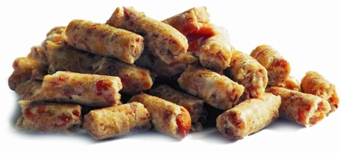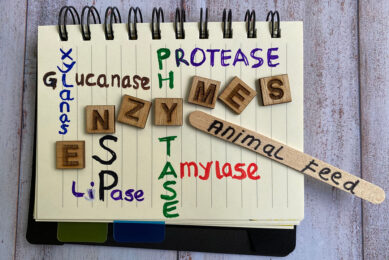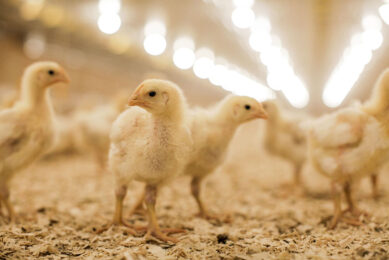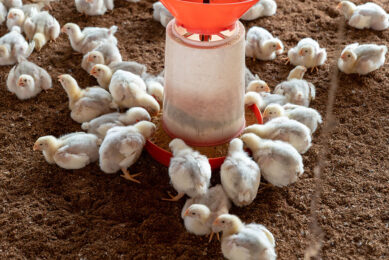Turning up the heat with enzyme technology

In our efforts to make feed as safe as possible heat is often used in the conditioning phase and during pelleting. Not all ingredients can survive these treatments and especially for enzymes there is the choice to either add these post pelleting or make them more heat resistant.
For this reason representative samples of feed should always be collected immediately after the cooler, or at a suitable load-out point beyond the cooler. Representative feed samples can only be obtained by collecting at regular intervals (e.g. every 20-30 seconds) and then pooling samples. One hastily collected sample at one point on one occasion at the feed mill is never a “representative” sample of a production batch!
Failure to correctly identify a specific batch of feed containing the test enzyme later in the feed manufacturing process can also lead to errors in interpretation of enzyme recovery results. For this reason it’s very good to pre-discuss with the enzyme supplier how many feed batches will be tested to appraise the product under normal working conditions in the feed mill. Correct timings can then be made to collect representative samples from, for example, the 3rdbatch of a pre-agreed five mixer batch run.
Capturing full value from new technology
Recent advances in coating technology for dry enzyme products that maximise thermostability at the same time as maximising product release in the animal have added considerably to the value of feed enzymes to the feed manufacturer.
By working closely in conjunction with your specialist feed enzyme supplier and his engineer during the appraisal process you can ensure that the value of this technology is fully captured for your business.
Join 26,000+ subscribers
Subscribe to our newsletter to stay updated about all the need-to-know content in the feed sector, three times a week. Beheer
Beheer









 WP Admin
WP Admin  Bewerk bericht
Bewerk bericht